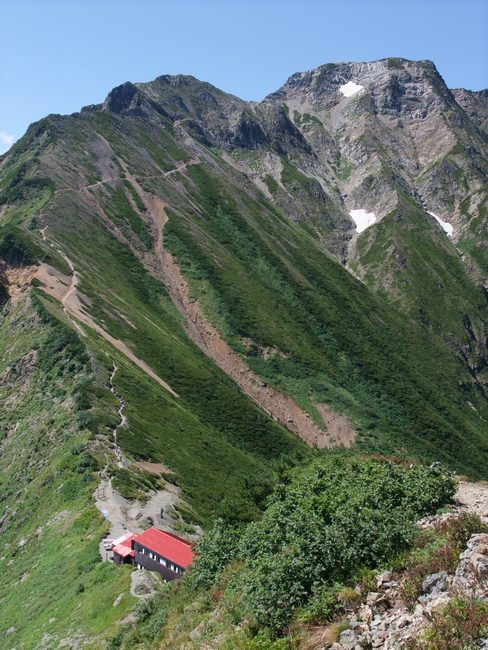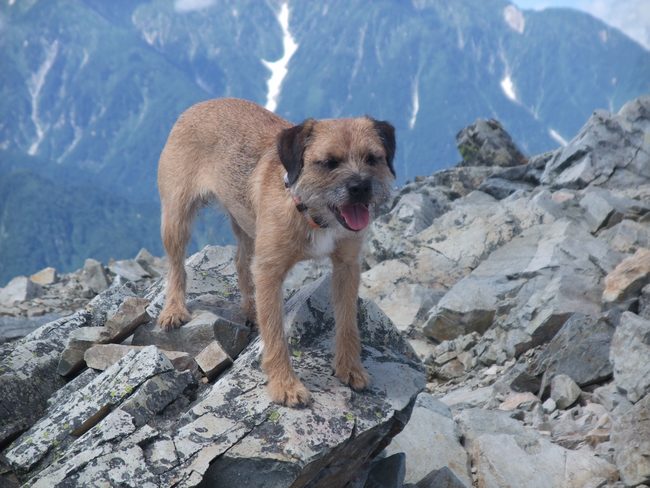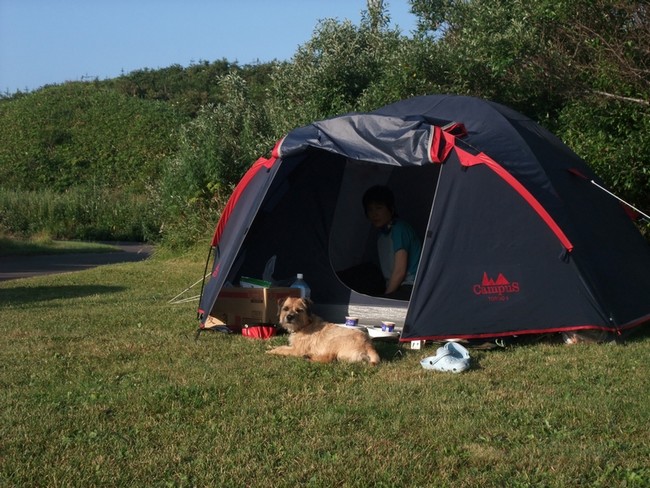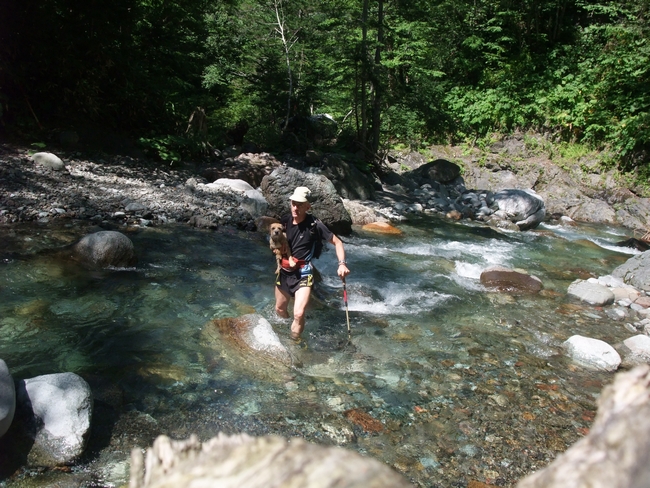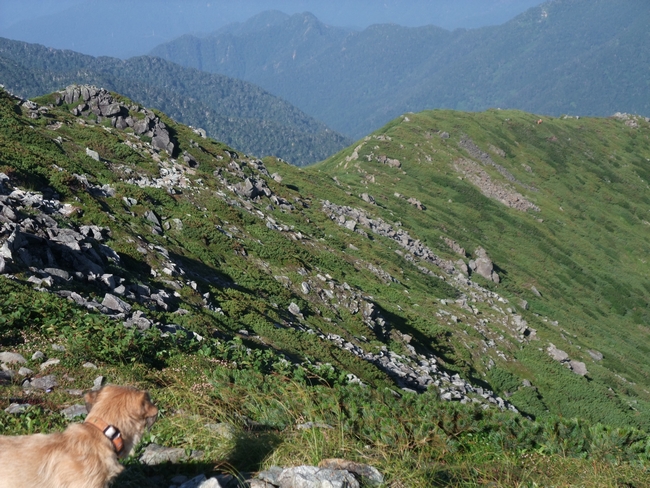
The monstrous imposing bulk of Mt. Kinabalu (Sabah state, Malaysia, Borneo) emerged as the moon rose and cast a ghostly pallor on its viciously serrated ridge. Rising up over 4000 m from the sea, the mountain dwarfs Rishiri (1719 m). Designated a national park in 2000, the flanks of the mountain are home to as-yet uncounted indigenous species of fauna and flora.

But we would not have time to see any of it. The race course rises up 2300 m in less than 9 km, then descends brutally along the same, knee-shattering course. I had jumped at Keisuke’s suggestion to join a tour from Japan to take part in the Climbathon race, for it presented a chance to tackle this unfinished peak. Some 23 years ago, I had climbed to the highest hut, stayed the night, and been defeated in the morning by thick fog. There had been no one else around, no rope to mark the course, no guides, no park registration.
Amid the participants from Japan were four past and present winners of the race up Mt. Fuji, including the current record-holder Miyahara (under 2 hours 30 minutes), three 2.30-hour marathon runners, and a finisher of the 246-km Sparta race in Greece. Just what were Keisuke and I doing here? It was only during the flight over that we finally read the small print and learned of the 2 hour 30 minute cut-off time at the summit!
At the starting line were two distinct groups: either the local Malays here for the festivities, or the serious mountain runners, including large contingents from Catalonia (Spain), the Philippines (including the first Filipina to summit Mt. Everest, last year), and Gurkha soldiers from Nepal. The Nepalese used to dominate this race, attracted by the rich prize money of US $ 4500/4000/3500 for 1st, 2nd and 3rd, but have since been eclipsed as the level has risen.
The climb itself was unexpectedly enjoyable. Once past the long thoroughbred legs of three Kenyan women, I tucked in behind the muscled stocky quads of a Malaysian woman, Muidah Bolinting.

We kept trading places as I stopped to take pictures, and as the air thinned out and a light dizziness set in, her periodic primal grunts of self-exhortation broke my reverie.
Above the tree-line, an immense rock-slab moonscape spread out across this granite massif, up past Donkey Ears Peak to the east

and south Peak to the west, and culminating in the summit of Lows Peak at 4095 m.
But the world’s fastest female, Corinne Favre, was already bounding down the slabs with immense strides, hot on the heels of the leading male vet. It would take them a little over one hour to descend some 2500 meters to the finish line.

The return was an education. I was passed by no fewer than 5 women and 5 men, all either Malay or Filipino, who were descending 50% faster than me. They wore simple rubber studded shoes, nicknamed Adidas Kampung, which cost less than 200 yen, or about 1/50th of Montrail’s standard fare, but which stick to rock like glue.

The locals’ technique was hard to analyze: the steps were very small, but exceptionally rapid and almost entirely silent.
For the record,
Men’s Open Time at summit Time at finish
1. Agusti Amador (Spain) 1.38 2.44
2. Toru Miyahara (Japan) 1.40 2.49
3. Yokoyama Tadao (Japan) 1.49 2.50
Women’s Open Time at summit Time at finish
1. Favre Corinne (France) 2.00 3.17
2. Danny Gongot (Malaysia) 2.18 3.36
3. Kambara Yuri (Japan) 2.13 3.37
Veterans Men Time at summit Time at finish
1. Guianus Salagan (Malaysia) 2.01 3.12
2. Sarun Sadi (Malaysia) 2.08 3.19
3. Mitsuo Morioka (Japan) 2.11 3.21
Well done, Japan – especially considering the difference in leg length!

